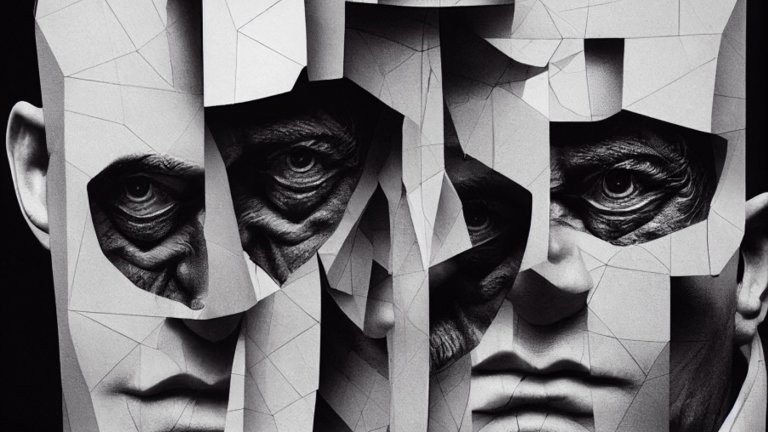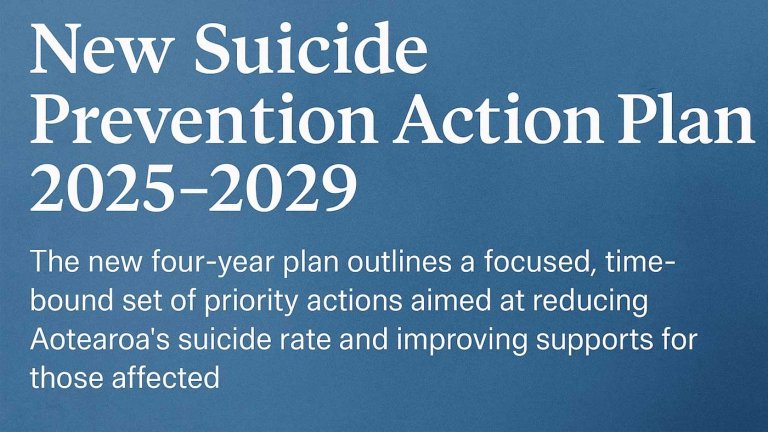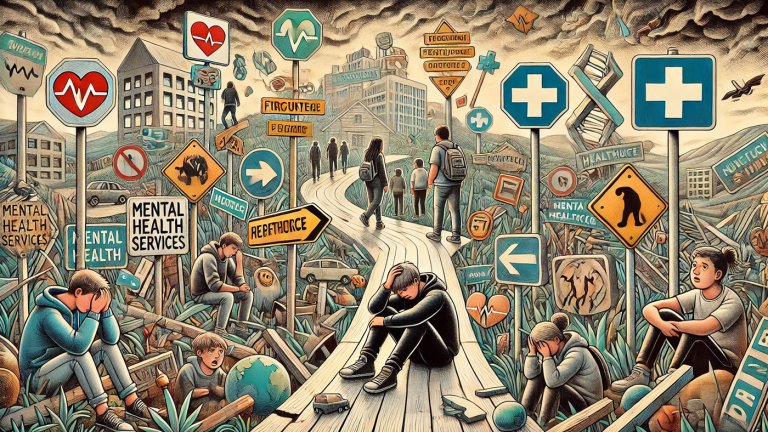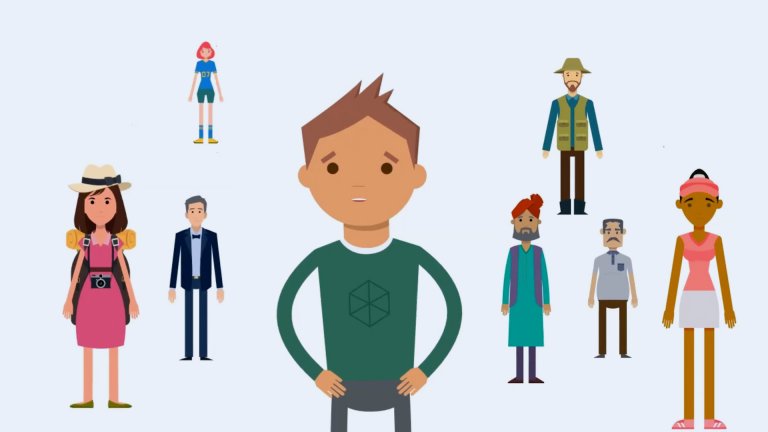Technology and mental health, What will the future hold?
In the last 25 years, awareness of mental health issues has risen dramatically. Now, more Americans are suffering from mental health illnesses than ever before. And with this increase in awareness and diagnosis, you’d expect there to be a rise in resources available to treat these issues, but you’d be wrong.
Research from the Center for Disease Control and Prevention (CDC) showcases the rise of physiological disorders has affected many elements of life for the US adult population, with suggestions that the high cost and poor access to treatment for tackling mental health could be a few reasons why mental health issues continue to grow. The importance of technologies and resources to assist those suffering from mental health disorders is more prevalent than ever.
The need for sophisticated treatment methods and processes that could save the lives of millions is paramount to assist with curbing the cost of lives each year in the US and around the world. Summarised well by Dr. Myrna Weissman, a world-renowned expert on psychiatric health “Mental illness needs to be viewed as something as serious as having a stroke or cancer.” The need to take the next leap in mental health solutions is paramount to reducing the mental health affects suffered by millions worldwide and improving the economy, in turn. So what is being done when it comes to mental health technologies?
The Rise of Mental Health Issues
Mental illness has been quickly evolving over the last 25 years to become one of the world’s silent killers. From disorders like depression, anxiety to PTSD, poor mental health can originate from many different factors and affects the lives of countless people around the world. The rise of mental health was well captured by APA in 2015 with their report “2015 Stress in America”. This report brings together all of the data collected from those struggling with mental health issues across the U.S.
The research highlights the rise of “extreme stress levels” recorded by adults. During the year a 0.2% increase in stress levels had been documented and 24% of adult participants describe their stress as being “extreme,” up from 18% in 2014.
With 1 in 5 individuals suffering from a mental health issue over any given year, that equates to approximately 43.8 million US adults per year struggling with mental health issues, with 9.8 million battling severe mental health concerns (NAMA, 2016). In recent research within universities in the UK, the rise of mental health has been documented well. Of a survey of over 15,000 UK students in 2015/16, one in 50 suggested that they suffer from some form of mental health illness. This figure has jumped four times since the last inquiry in 2007.
Over the space of almost ten years, the appearance of mental health has become even more relevant, with a record of 668 New Zealanders committing suicide in 2018, a 29% increase on the figure of ten years prior. Naturally, this evolution of mental health could be down to a number of factors. The rise of technology in our daily lives no doubt plays a role in this increase due to the constant connection and noise they provide.
However, the rise of these technologies can be used for good to help treat anxiety and other mental health issues too. In a study from APA found that “stress relieving activities” included listening to music (47%) and surfing the web (40%) are effective short-term solutions, with a very high response rate. In the healthcare space, there is a lot of attention on the development of technologies that could be used to excel the diagnosis and treatment of mental health, potentially saving funds, lives and success rates.
How Mental Health Technology is Evolving
Due to the pressures that our world faces from mental health, there's been a strain on the healthcare industry to put their efforts into finding real world solutions to mental illnesses. In the last 20 years, there has not been an effective all-around treatment developed to fix the symptoms or illness across the board. Since then, the presence of mental health has become the catalys to fix this problem.
So how is the healthcare industry adapting to the rise in mental health? Drug development is one of the most widely used things that the healthcare industry is looking into to treat mental disorders. Within the laboratories, there is research into the use of drugs to help reduce or eliminate anxiety every single day. Due to the chemical nature of mental illness, drug development is one of the most proactive forms of research to reach an overall solution. Assistant Professor at Stanford University, Sergiu Pasca, was concerned about the rate to which mental health was being treated thanks to this reliance on current more therapy-based methods.
His concern sparked his passion for helping conquer the drug development puzzle of mental health. Sergiu’s research with his team into the human brain tissue has uncovered a lot of findings in the last few years.
Taking stem cell technology and applying this to creating sections of human cortical brain tissue, Sergiu and his colleagues have found many progressive insights into how a brain suffers from severe mental issues against a functioning brain with no sign of mental health. This side by side approach has convinced Sergiu that in the next decade, they will have pulled together a form of treatment to take the next leap in mental health. As you can imagine, this drug will have a highly positive impact on the next steps of addressing mental health.
What Mental Health Technologies Are Emerging?
The evolution of technology in the mental health sector will be highly important for the next steps of mental health by bridging the gap across drug development and treatment. Technologies like VR (virtual reality) and even low-cost communication between therapists and patients have evolved and become even more vital in the mental health domain. Virtual reality technology has surprised many by stepping in and becoming a silent resource in an effort to address mental health disorders. Virtual reality can help a sufferer transport themselves from one reality to another one.
Although in early development, the role of VR has become very interesting to therapists as a method to replicate a safe environment for their patients, providing a haven to escape from ones realities. This form of therapy, combined with meditation or treatment could help to progress forward by deepening the results. Early tests into this have showcased benefits for people with more severe/extreme disorders like paranoia with researchers at Oxford University, UK piecing together a collection of resources using VR to address the very symptoms of paranoia sufferers.
Right now, the development of VR environments is a more difficult and not mainstream, as the access to VR developers is much more high as the product continues to grow in its early stage. But as this grows, the low-cost pricing of VR units can help the patients to begin that process and to use the current VR applications that are already available as a way to escape their disorder and to address any concerns.
Apple has recently invested a lot of their time and effort into AR Kit (augmented reality) within their App Store, bringing about a new layer to a users experience allowing one to see things by holding the camera of ones smartphone to your view in front of you. This has yet to be explored by mental health developers, but again, the potential is never ending.
Current technologies like our smartphones have given us escapism from our realities with mental health disorders. Applications and mobile technologies give us a way of logging, documenting and relaxing from the pressures happening in the world around us.
As we’ve documented, there are many effective applications that can help treat anxiety and stress by breaking your patterns and exploring treatments like meditation with minimal cost involved. As we overlook this, the rise in app technologies that help treat anxiety is on the rise and the amount of individuals of those it has helped has escalated dramatically.
The rise hasn’t solely been meditation, yoga, journal and relaxation apps. CBT applications that help to improve the capture of homework from therapy sessions have assisted us to document our emotions, feelings, and realities to further improve the connection between patients and therapists. Apps like Therachat provide a communication channel between therapist and patient to help document important research and findings outside of sessions, improving the diagnosis and treatment provided.






